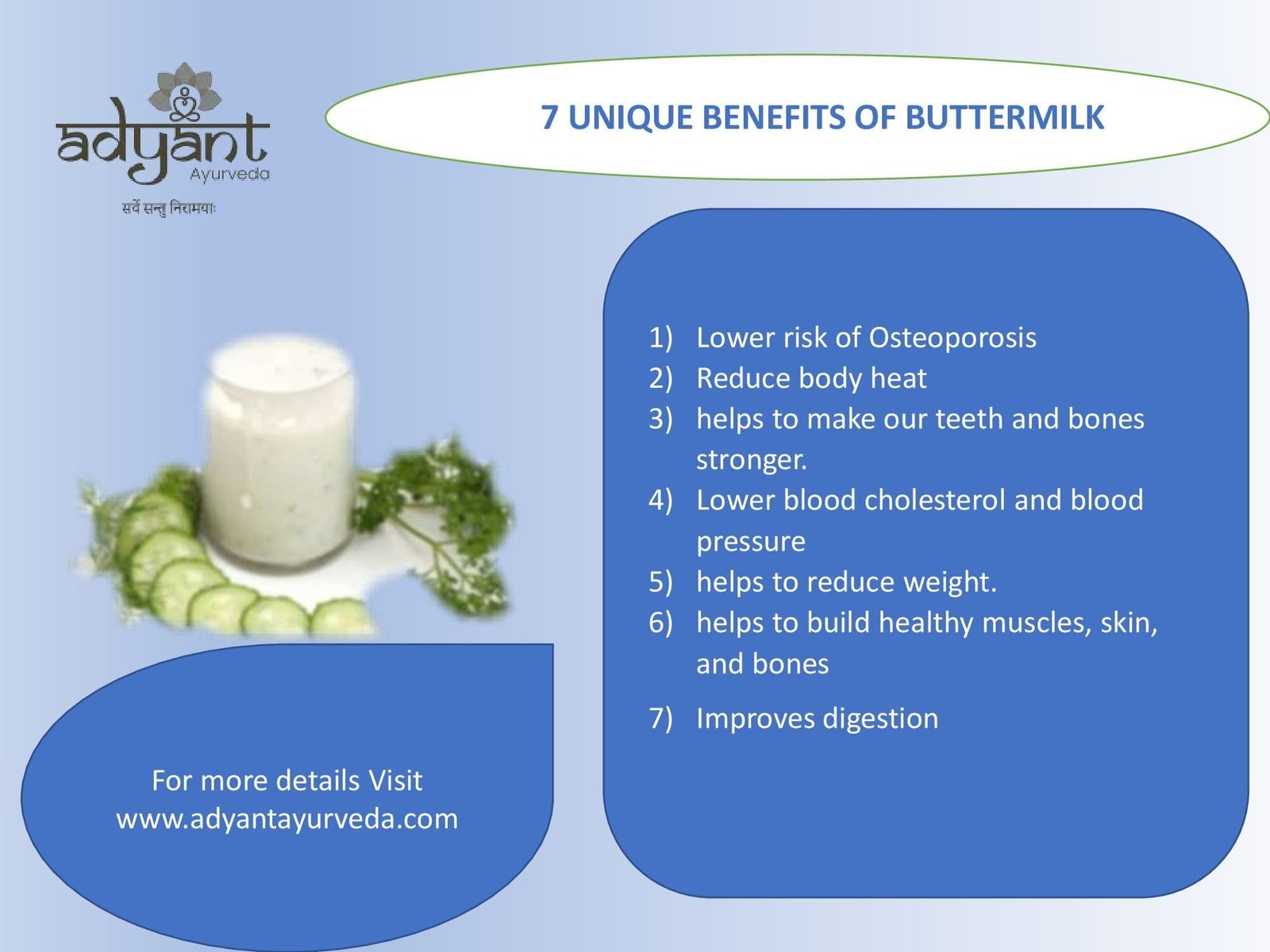
Ayurvedic Treatment for H Pylori: Let’s have an overview of the approach of Ayurveda toward H Pylori and H.Pylori ayurvedic treatment. Ayurveda treatment for H Pylori involves Panchakarma treatments, Internal medication and a change in lifestyle. Now will discuss about Ayurveda treatment for H Pylori in details.
For Free Consultation With Top Ayurvedic Docots, Download Our App From Play Store “AyurCare“
What is H.Pylori?
H. pylori (Helicobacter pylori) is a type of bacteria that lives in your stomach. It can sometimes cause problems like ulcers (sores) in your stomach or the first part of your small intestine.
Most people with H. pylori don’t feel sick, but some can get stomach pain, bloating, or nausea. It’s important because, if left untreated, it can lead to more serious issues like stomach inflammation or even increase the risk of stomach cancer.
Luckily, H. pylori can be treated with Ayurveda, and lifestyle changes like eating a balanced diet and avoiding too much spicy or fatty food can help manage the symptoms.
You May Also Like: Ayurvedic Treatment for Ulcerative Colitis
What Causes H. Pylori infection?
In Ayurveda, H. pylori infection can be linked to an imbalance of the Agni (digestive fire) and the aggravation of the doshas (Vata, Pitta, and Kapha), especially Pitta dosha, which governs digestion and metabolism.
Here are the Ayurvedic perspectives on the causes of H. pylori:
- Weak Digestive Fire (Mandagni): When the digestive fire is weak, it fails to digest food properly. This leads to the accumulation of Ama (toxic waste) in the stomach and intestines, creating an environment favorable for infections like H. pylori.
- Imbalance in Pitta Dosha: Pitta dosha, responsible for heat and digestion, when aggravated, can cause excessive acidity in the stomach. This irritation weakens the stomach lining, making it easier for H. pylori bacteria to thrive.
- Improper Diet (Viruddha Ahara): Consuming incompatible food combinations, overly spicy, fried, or acidic foods, as well as junk food, can disturb digestion and lead to the formation of Ama, contributing to the infection.
- Stress and Lifestyle: High stress, irregular eating habits, lack of sleep, and excessive alcohol consumption can aggravate the doshas, particularly Vata and Pitta, weakening the body’s natural defense against infections like H. pylori.
- Low Immunity (Ojas): When the immune system is weakened, the body’s resistance to bacterial infections, including H. pylori, is reduced. This can be due to improper lifestyle choices, poor diet, and chronic stress, which are often linked to an imbalance in all three doshas.
Read Also: Ayurvedic Treatment for Gut Health
Ayurvedic Understanding of Doshas from the Point of View H. Pylori:
- Pitta Dosha: The key dosha involved in H. pylori infection is Pitta, particularly when it’s aggravated, leading to excessive acidity and inflammation in the digestive tract.
- Vata Dosha: Vata imbalance may lead to bloating, gas, and irregular bowel movements, contributing to abdominal discomfort.
- Kapha Dosha: When Kapha is involved, there may be mucus in stools, heaviness in the stomach, and sluggish digestion.
Read More About Ayurvedic Doshas
Ayurvedic Treatment for H. Pylori Bacteria: Signs and Symptoms
In Ayurveda, the signs and symptoms of H. pylori infection can be linked to the imbalance of the doshas (Vata, Pitta, and Kapha), particularly the aggravation of Pitta dosha. When the digestive fire (Agni) is disturbed, toxins (Ama) accumulate, leading to various gastrointestinal and systemic symptoms.
Here we are listing some of the symptoms for H. Pylori:
When is a person prone to infection?
Many times infection can happen during childhood. The risk of infection can increase when many people live in a small area, also if there is no proper supply of clean drinking water or in improper sanitary conditions.
H. Pylori Ayurvedic Treatment
- Ayurvedic treatment for H. pylori focuses on balancing Pitta dosha and strengthening Agni (digestive fire) to eliminate Ama (toxins).
- Key herbs like Amalaki, Licorice (Yashtimadhu), Turmeric (Haridra), and Neem are used to reduce inflammation, heal ulcers, and enhance digestion.
- A Pitta-pacifying diet—avoiding spicy, oily, and acidic foods—is crucial.
- Stress management through yoga, meditation, and pranayama helps prevent further dosha aggravation.
- In severe cases, Panchakarma detoxification therapies, like Virechana (purgation), are employed to cleanse the body and restore balance, promoting overall digestive health and well-being.
How Does Ayurveda Approach H Pylori?
Ayurveda emphasizes balancing all three doshas-Vata, Pitta, and Kapha to maintain health. As Pitta dosha is primarily affected in H Pylori, sometimes leading to Amlapitta or acidity, heartburn, and sometimes nausea or vomiting, causing Ama. Ama results in bloating, burping and alteration in bowel habits. The focus is to bring a balance between pitta dosha and the removal of Ama through palliative medications and therapies in severe cases.
Food supplements which alleviate pitta dosha like Cumin, fennel, coriander, ginger, turmeric etc are beneficial supplements in food. Ayurveda is most beneficial with its holistic approach in giving wonderful results and pacifying HPylori infection.
Ayurvedic Remedies to Combat H. Pylori Bacteria
Here Adyant Ayurveda is mentioning a clear guide on the quantity and usage of each remedy, along with advice on combining them:
1. Turmeric Milk
- Quantity: 1 cup (approximately 240 ml) once or twice daily.
- Usage: Consume it warm. You can use it as a daily drink, but it’s best to avoid combining it with other remedies in the same meal.
2. Amla Juice
- Quantity: 1-2 tablespoons (15-30 ml) once or twice daily.
- Usage: Drink it on an empty stomach or before meals. You can use this alongside other remedies, but space them out to avoid overloading the digestive system.
3. Licorice Tea
- Quantity: 1 cup (240 ml) once or twice daily.
- Usage: Drink it after meals. It’s generally okay to use this with other remedies but monitor your body’s response.
4. Neem Leaf Tea
- Quantity: 1 cup (240 ml) once daily.
- Usage: Drink it on an empty stomach or before meals. Avoid combining with other strong herbal teas in the same period.
5. Ginger and Honey
- Quantity: 1 teaspoon ginger juice mixed with 1 teaspoon honey, once or twice daily.
- Usage: Consume it before or after meals. You can use this along with other remedies but be cautious not to overuse ginger.
6. Cumin-Coriander-Fennel Tea
- Quantity: 1 cup (240 ml) once or twice daily.
- Usage: Drink it after meals. It’s suitable to combine with other remedies, provided they don’t have conflicting effects.
7. Papaya Seeds
- Quantity: 1-2 teaspoons crushed seeds mixed with honey or yogurt, once daily.
- Usage: Consume this on an empty stomach. You can combine it with other remedies but be mindful of the overall quantity of seeds and honey.
8. Coconut Water
- Quantity: 1-2 glasses (approximately 240-480 ml) daily.
- Usage: Drink throughout the day as needed. It’s generally safe to use with other remedies.
9. Fennel Seeds
- Quantity: 1 teaspoon of seeds, chewed or brewed into tea, 1-2 times daily.
- Usage: Can be chewed after meals or made into tea. It can be used in conjunction with other remedies.
10. Peppermint Tea
- Quantity: 1 cup (240 ml) once or twice daily.
- Usage: Drink it after meals. It can be combined with other remedies but avoid using too many herbal teas at the same time.
General Guidelines On Using Ayurvedic Remedies:
- Frequency: You can use these remedies one at a time or in combination, but it’s essential to monitor how your body responds. Avoid taking multiple remedies with similar effects (e.g., multiple herbal teas) at the same time.
- Spacing: If using several remedies, space them out throughout the day to avoid overloading your digestive system.
- Consultation: For a tailored approach and to ensure the remedies don’t interfere with each other, consulting a healthcare professional or Ayurvedic practitioner is recommended.
These guidelines help ensure you get the benefits of each remedy without overwhelming your system.
Read Other Related Blogs:





